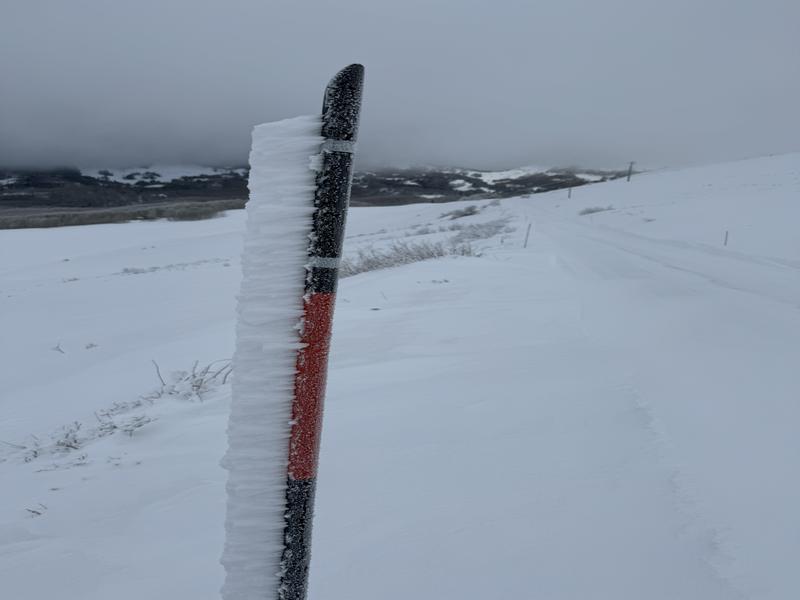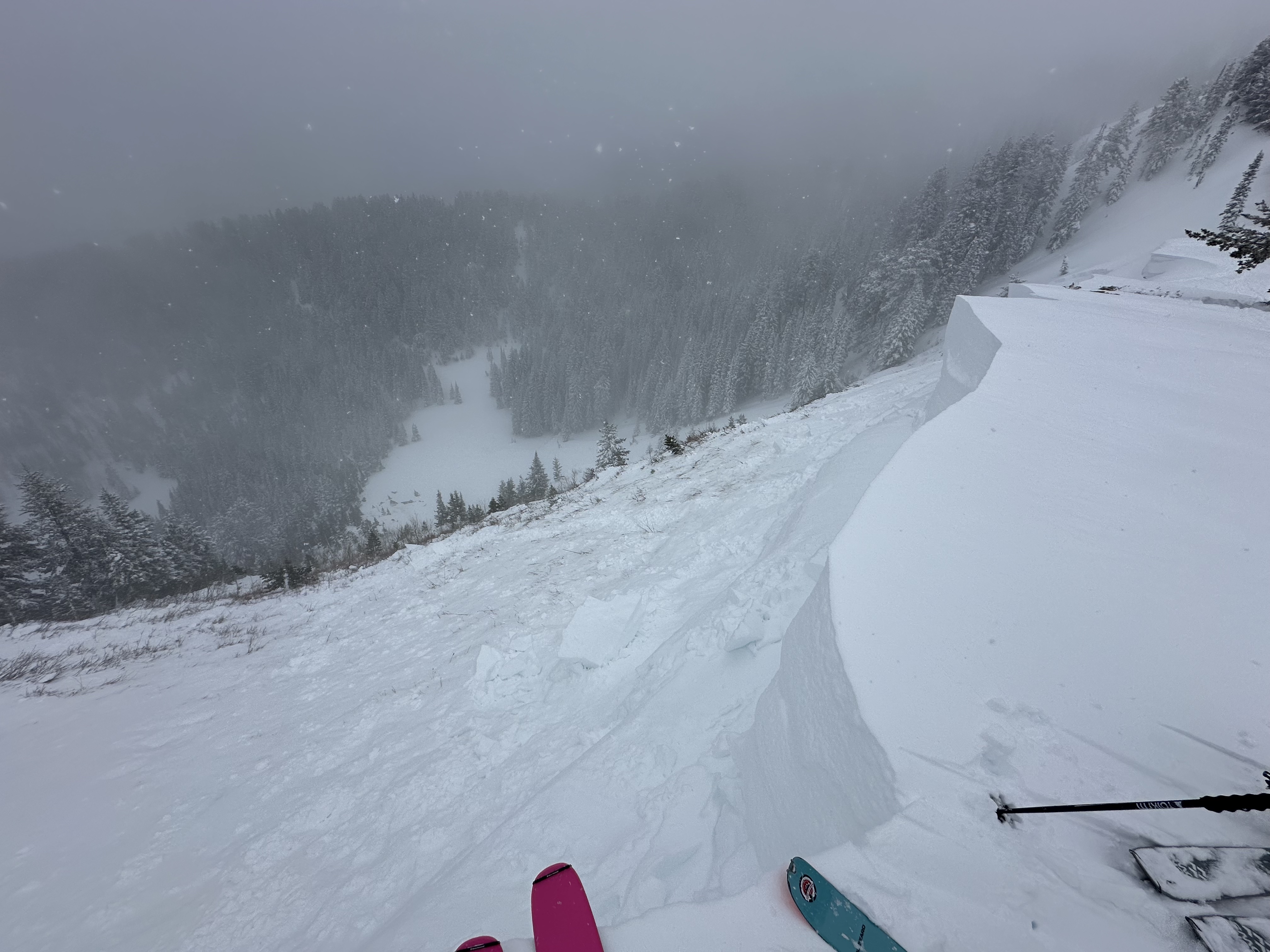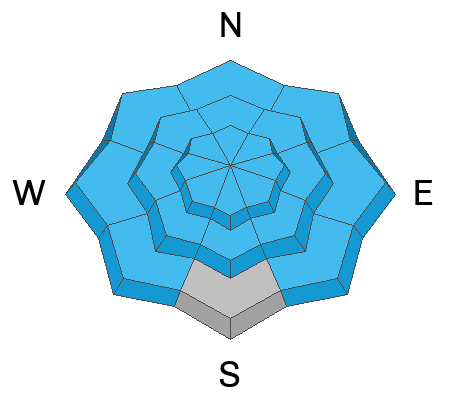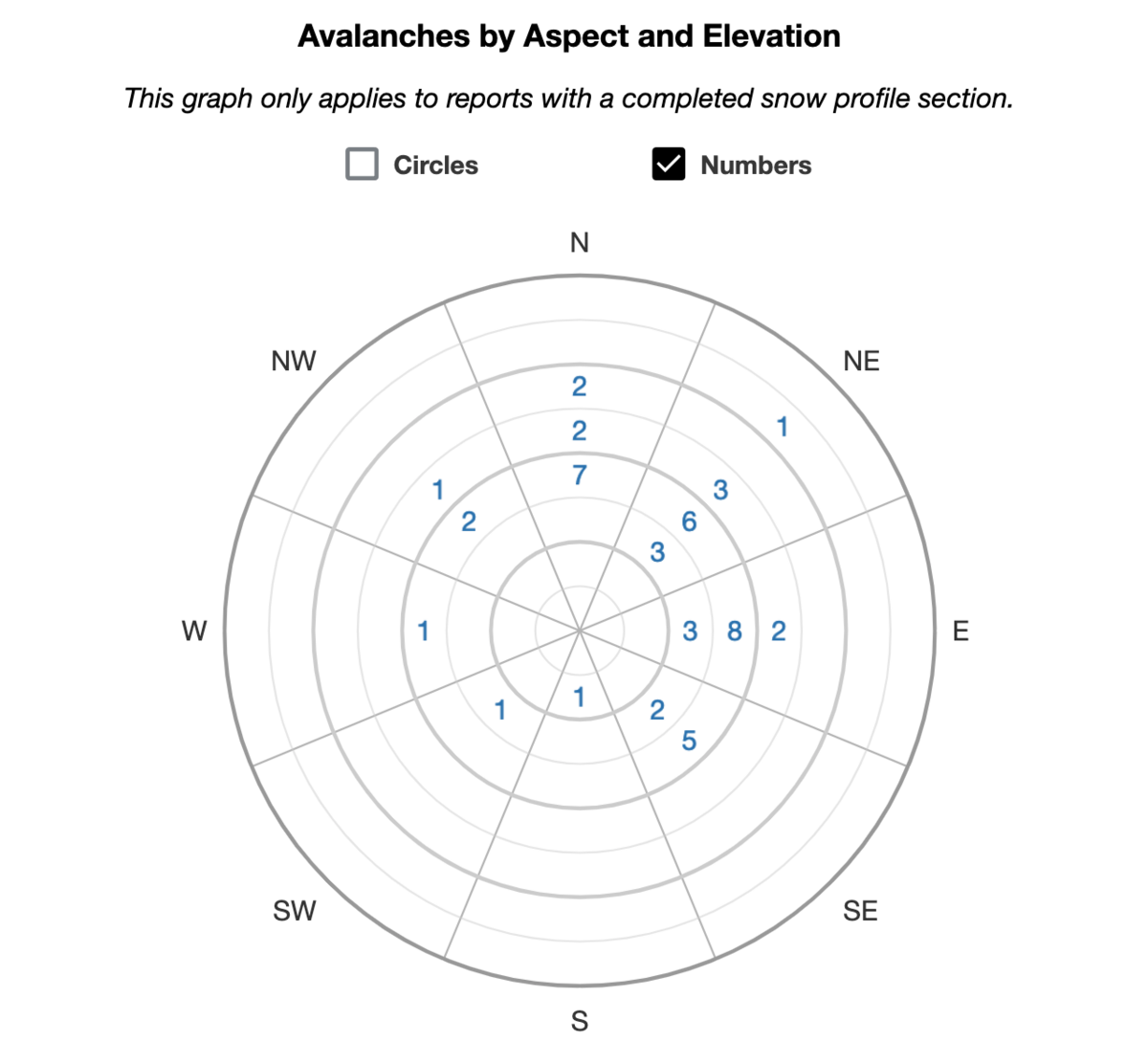Recent storms delivered unprecedented avy conditions and Extreme danger for the mountains of Northern Utah. Wondering how we got there and where we're going? Well then... you came to the right place!
Please join Craig Gordon this Thursday, January 25th from 6:00-7:30 for a State of the Snowpack presentation at Alpha Coffee's Big Cottonwood Canyon location- 7260 Racquet Club Dr, Cottonwood Heights, UT 84121
Skies are mostly cloudy. Mountain temps are in the 20s; winds are light from the southeast.
We do have a weak storm on tap for this evening, but at least it'll split around us. But all seriousness aside, we'll see a trace to 2" of new with a stronger storm slated for Thursday. Thursday's storm should offer an additional 5-10" - a nice refresh.
For today, we'll have mostly cloudy skies trending overcast with a few flakes early afternoon. Temps will be in the upper 20s to mid-30s. Winds will be light from the southeast, then shift around to blow 10-15mph from the northwest.
The Outlook: high pressure builds for the weekend with a warming trend on tap. And I do mean warm. The models suggest we could see mountain temps into the 40s and higher for early next week. We'll see.
Yesterday's moist airmass bursting with super-cooled water droplets depositing rime in the mountains. Note rime growing into the wind. (pc: Porter)
There were no reported avalanches in the central Wasatch backcountry yesterday, but in the upper American Fork drainage above Forest Lake on Sunday, a ski party remotely triggered a cornice fall which in turn triggered a MONSTER avalanche to the ground. The hard slab avalanche failed on a persistent weak layer of early season depth hoar 4-6' deep (width unknown) on a steep northeast facing slope at 9200'. In a heavily wind loaded part of the crown-face, the depth was estimated at 15' deep. (Unsure of terrain? Check the
WBSkiing map and search for
Peak 9851' near Terraces, just west of Mill Canyon Peak.)
❄️ Ski areas noted shallow soft slabs of wind drifted snow in the upper elevations. Other observers noted minor sluffing in the recent snow. Punchy wet conditions may exist in the lowest elevations.
Be sure to check all the avalanche activity
HERE. 










